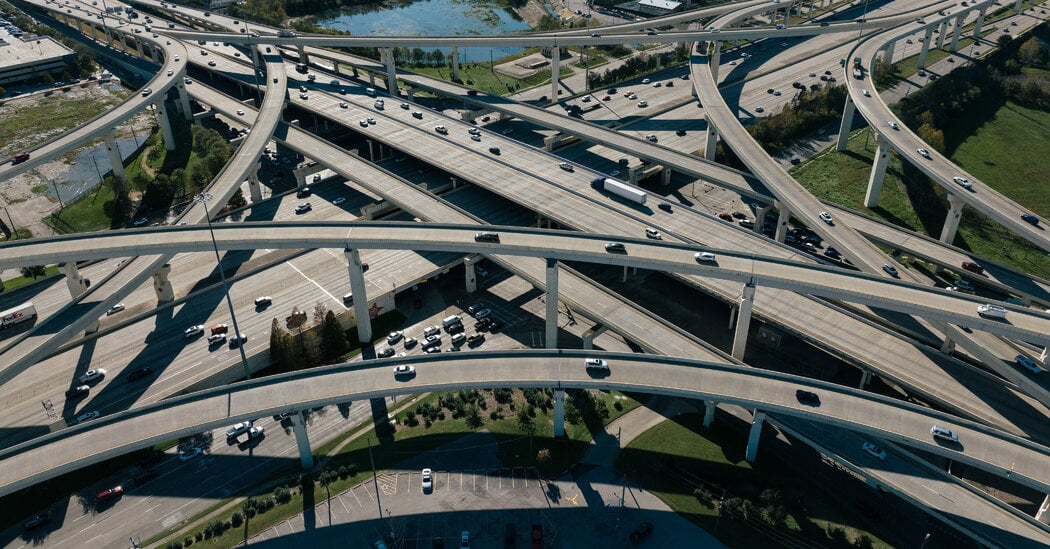For critics of widening projects, the prime example of induced demand is the Katy Freeway in Houston, one of the widest highways in the world with 26 lanes.
Immediately after Katy’s last expansion, in 2008, the project was hailed as a success. But within five years, peak hour travel times on the freeway were longer than before the expansion.
Matt Turner, an economics professor at Brown University and co-author of the 2009 study on congestion, said adding lanes is a fine solution if the goal is to get more cars on the road. But most highway expansion projects, including those in progress in Texas, cite reducing traffic as a primary goal.
“If you keep adding lanes because you want to reduce traffic congestion, you have to be really determined not to learn from history,” Dr. Turner said.



My wife worked a job in a city 20 minutes by car from her location in another city, in a major metro area. Transit would have taken two hours because the focus was on bringing people to different locations, not between where she was going and where she needed to go. No matter how well planned the network, you can’t massively cover every route and every time of day. You cover the primary commutes of most people.
So invest in public transport to add more routes.
It’s like you are saying that we shouldn’t improve anything, because things are bad now. Circular and just nonsensical.
Yes. And in doing so you remove the vast majority of the cars from the road. So you have fewer, narrower roads. Which makes the living conditions of everyone more pleasant. And it enables more transportation options like bicycles, which covers many of the short-to-medium distance commutes which public transport might not be practical for, which even further reduces the demand for cars. It also incentivises, for the people who do actually need cars, the purchase of smaller vehicles, which even further increases pedestrian and bicycle safety. Which even further incentivises biking and walking…
And so on and so on…
The more we invest in car-centric infrastructure, the more people need cars to navigate the world, and the worse the world gets overall.